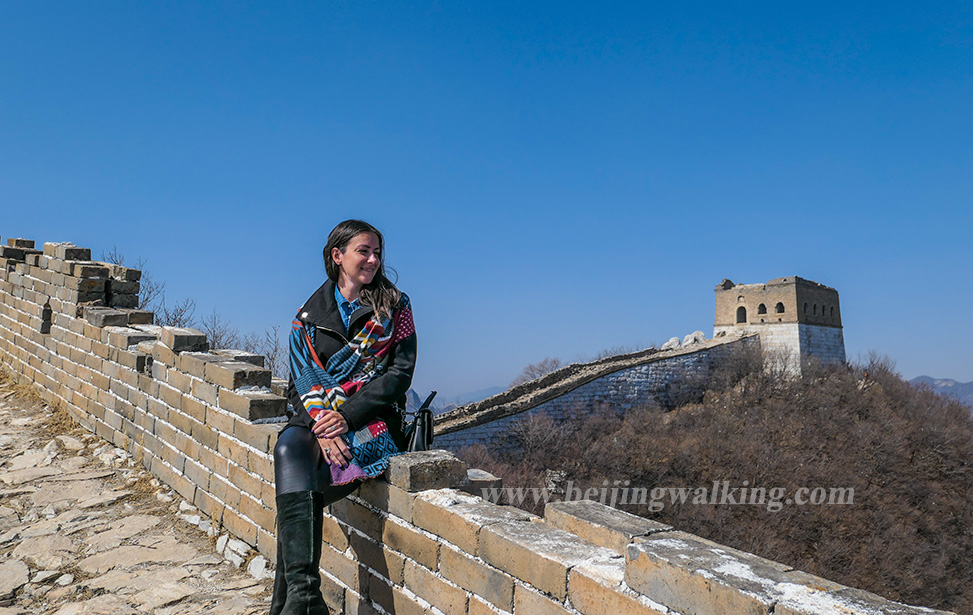Exploring the TOP 5 Tranquility of Taoist Temple Beijing
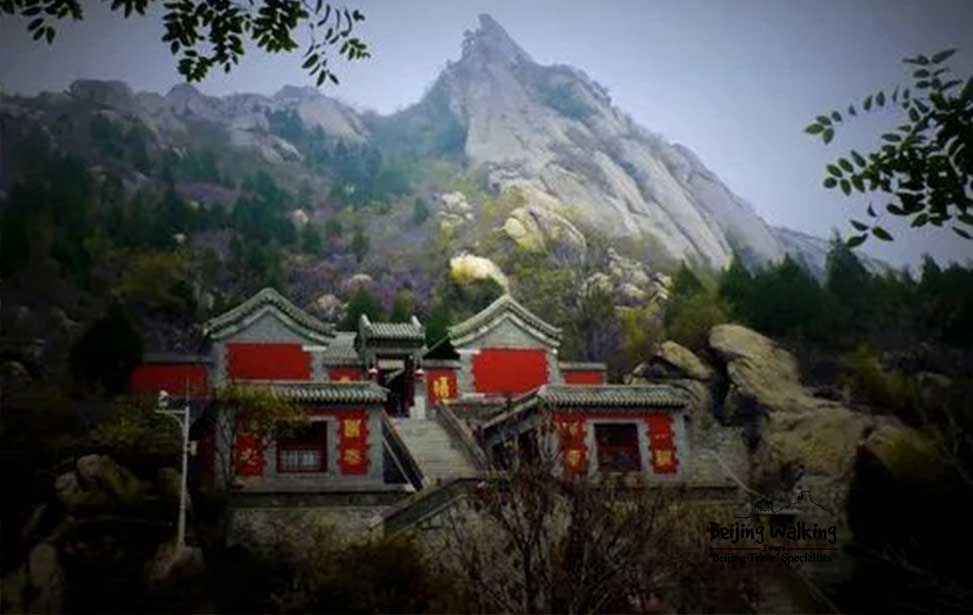
Taoist temples hold great significance in Chinese culture, serving as places of worship, spiritual retreats, and centers for cultural preservation. Beijing, the capital city of China, is home to several magnificent Taoist temples that offer a glimpse into the rich history and philosophy of Taoism. In this article, we will explore the top five Taoist temples in Beijing, each of which exudes a sense of tranquility and spiritual harmony. Join me on this journey as we delve into the enchanting world of Taoism and discover the hidden gems of these temples.
The Significance of Taoist temples in Chinese culture
Taoism, a philosophical and religious tradition that originated in ancient China, emphasizes living in harmony with the Tao, the fundamental force that governs the universe. Taoist temples are sacred spaces where followers of Taoism gather to worship and seek spiritual enlightenment. These temples also play a crucial role in preserving and promoting Chinese culture, as they house precious artifacts, ancient scriptures, and traditional ceremonies.
White Cloud Temple 白云观
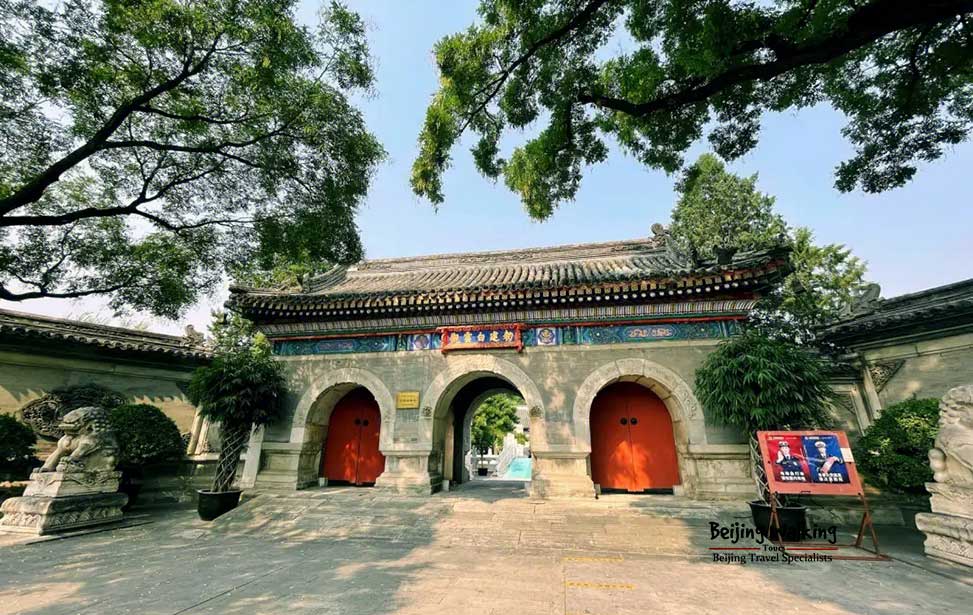
Located in Baiyun Guan Street, Xicheng District, Beijing, the Baiyun Temple was first built during the Tang Dynasty as a sacred site for the worship of Laozi by Emperor Xuanzong, and was originally named Tianchang Guan.
During the reign of Emperor Shizong of the Jin Dynasty, it was extensively expanded and renamed Shifang Da Tianchang Guan.
It was later rebuilt as the Taiji Palace towards the end of the Jin Dynasty.
Beijing Dongyue Temple 东岳庙
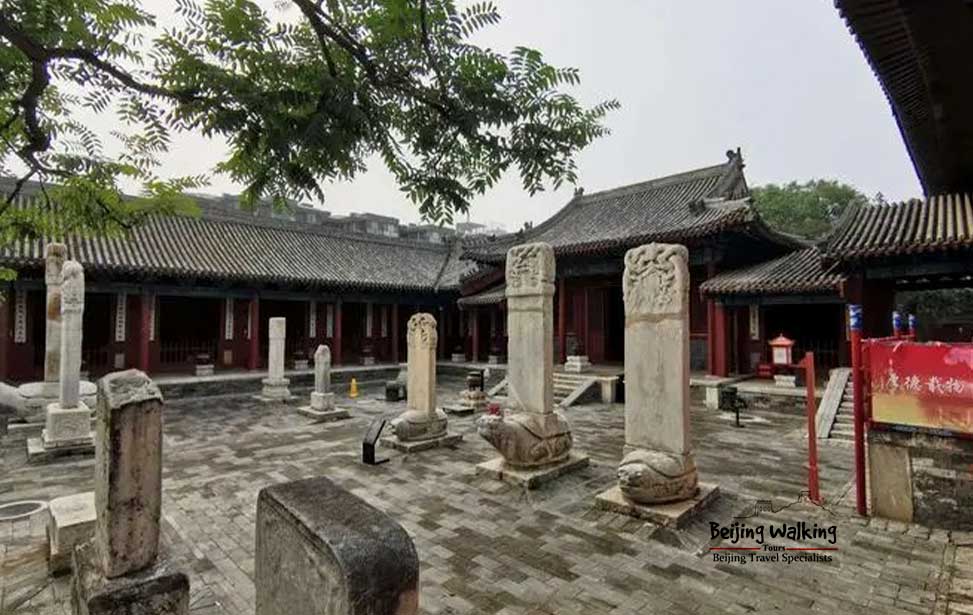
This temple, situated in the eastern part of Beijing’s Chaoyang District, outside Chaoyang Gate on Shenlu Street, is a nationally protected cultural heritage site.
Covering an area of about 60,000 square meters, it is the largest temple of the Zhengyi sect of Taoism in northern China.
Construction began in the sixth year of the Yuan dynasty (1319) and was funded and built by the eminent Taoist master Zhang Liusun and his disciple Wu Quanjie.
It was completed in the third year of the Zhizheng era (1323) and named Dongyue Rensheng Palace, dedicated to the Tai Shan deity Dongyue Dadi.
Finance Street Laozu Palace 吕祖宫
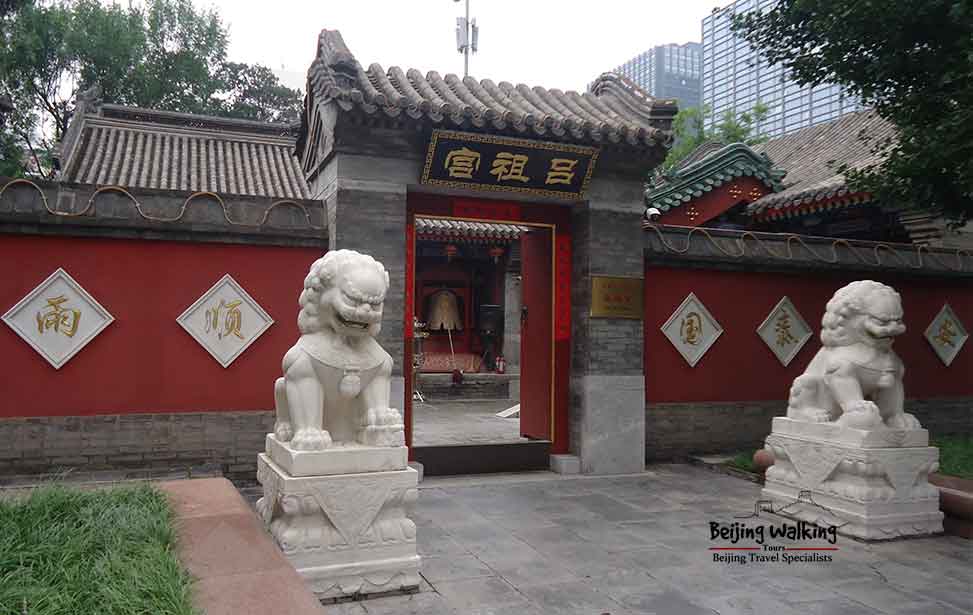
This Taoist temple is located at 15 Shuncheng Street North, Fuxingmen, Xicheng District, Beijing.
It is a renowned palace of the Dragon Gate sect of the Complete Perfection Tradition in Taoism.
Legend has it that the Fire God of Laozu Palace is very efficacious, so from the Qing Dynasty to the end of the Republic of China, the incense here has always been particularly prosperous.
Di’anmen Huoshen Temple 地安门火神庙
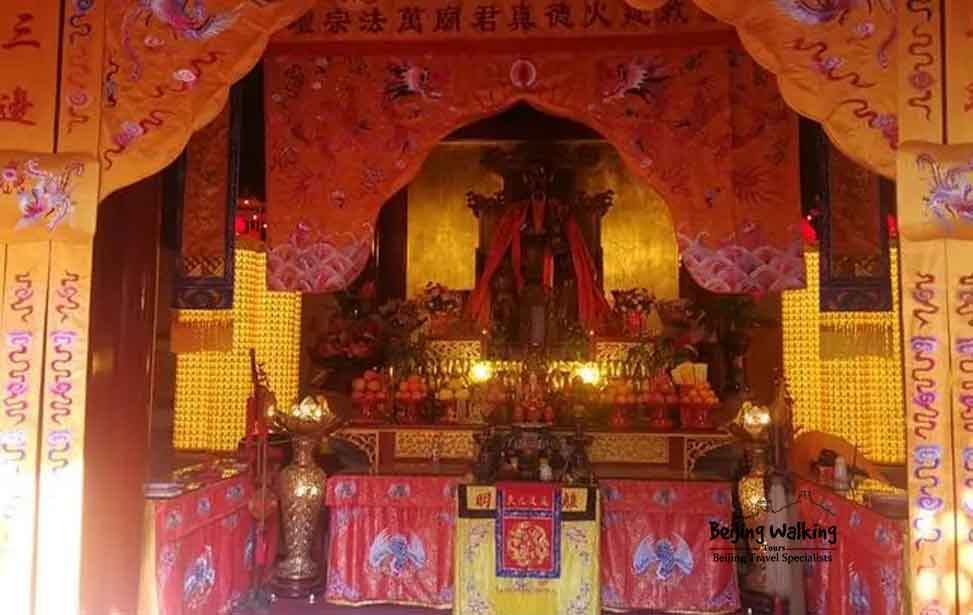
Also known as the Imperially-Constructed Huode Zhenjun Temple or colloquially as the Shichahai Huoshen Temple, it is situated on the northwest side of Wanqing Bridge, Dianmen Outer Street, Xicheng District, Beijing, on the eastern bank of Shichahai.
It is a Taoist Zhengyi sect palace.
Taoyuan Temple 桃源观
Originally known as Miaofeng An, it is the first officially opened Taoist temple in Beijing’s Haidian District since the founding of the People’s Republic of China.
It is located on the Fenghuangling in Niegezhuang Township, Haidian District.
Tips for visiting Taoist temples in Beijing
Respect the customs and traditions of Taoism by dressing modestly and avoiding loud noises.
Be mindful of the temple’s opening hours and any specific rules or regulations.
Take your time to explore the temple complex and soak in the peaceful atmosphere.
Engage with the local Taoist community and learn about their practices and beliefs.
Support the preservation of these temples by making a donation or purchasing souvenirs from the temple gift shops.






